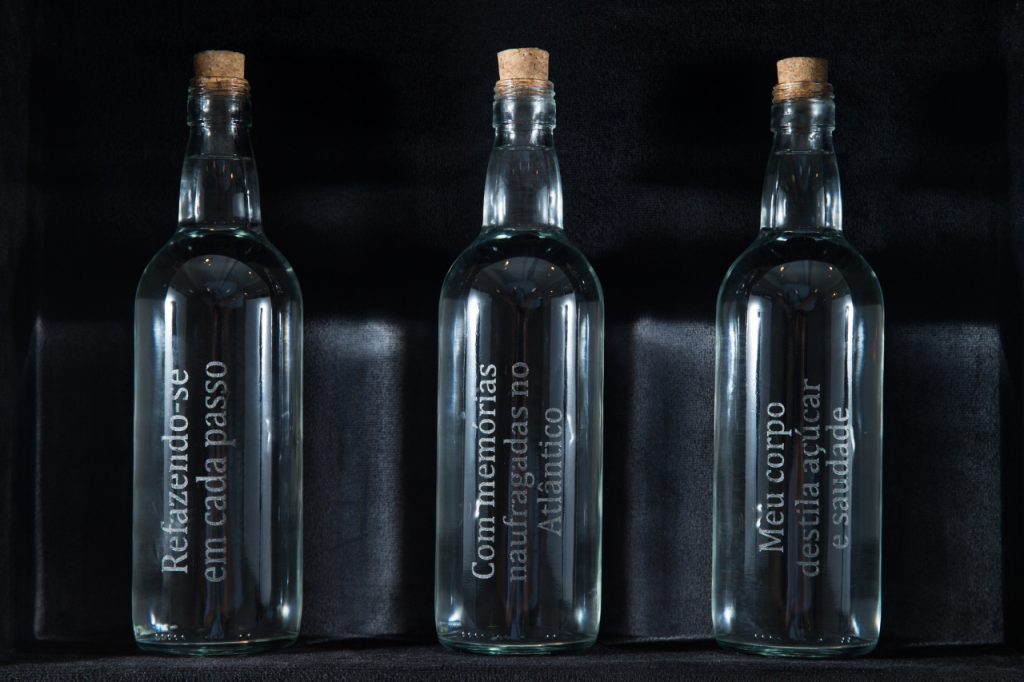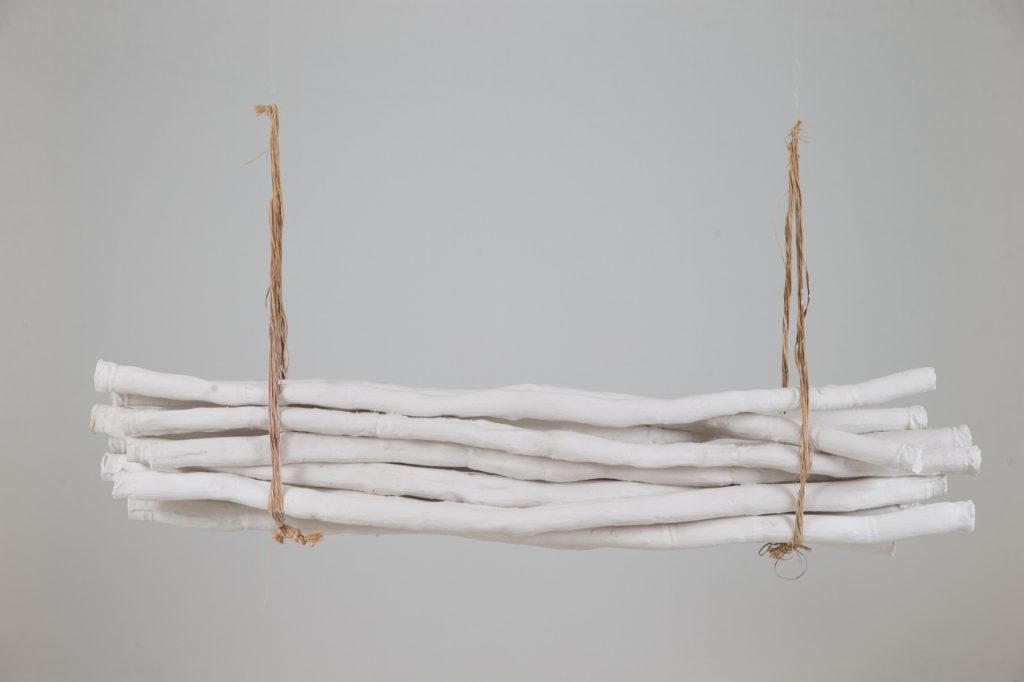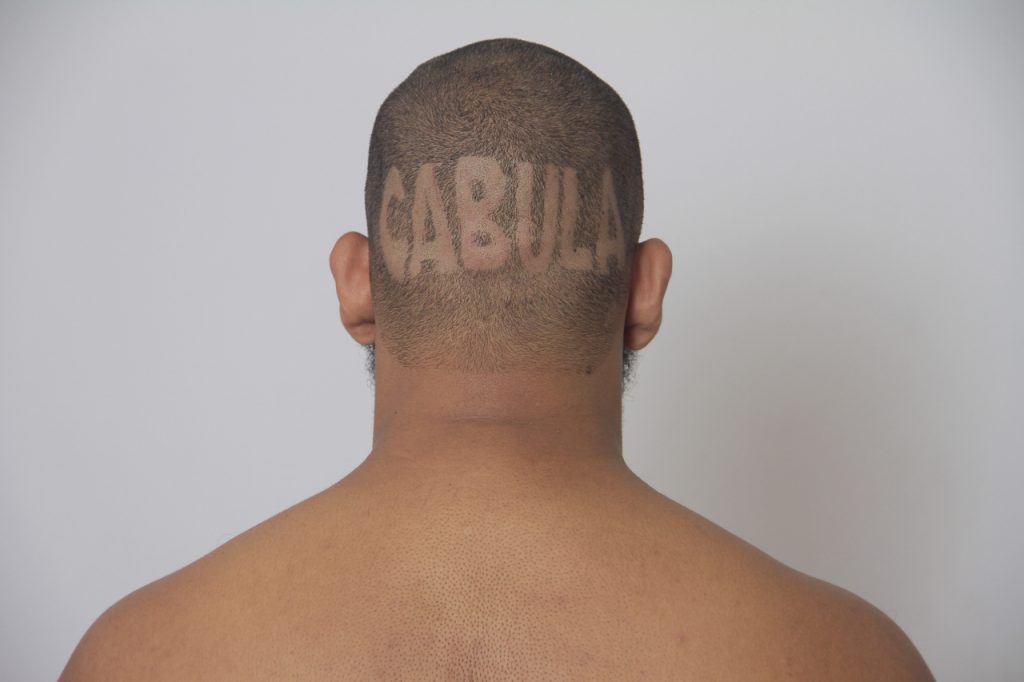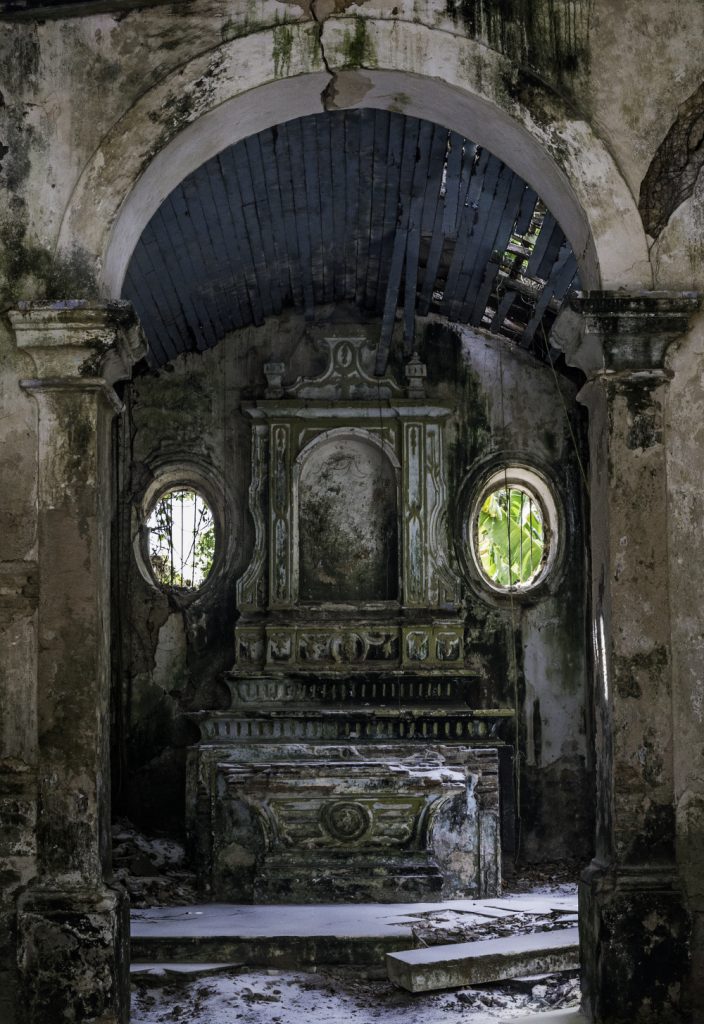Tiago Sant´anna
Brazil
My greatest challenge as an artist is to create other narratives that may escape from canonical narratives, with a Eurocentric, White bias.
Bio
Tiago Sant´anna was born in 1990 in the town of Santo Antônio de Jesus, in the state of Bahia, in the Northeast of Brazil. He received a BA in Social Communication from the Federal University of the Recôncavo da Bahia, a MA in Culture and Society from the Federal Univerity of Bahia and he is a PhD candidate in the same institution.
He was a resident artist in institutions in Rio de Janeiro and in Lisbon, Portugal. Sant´anna lives in the city of Salvador, Bahia´s capital. During colonial times it was the seat of government in Brazil. It is a state with a long history associated with the sugar cane plantations and the Black slave labor that cultivated them.
The art of Sant´anna dialogues with Afro-Brazilian identities, with a critical perspective about the national history.
Full Artist Statement
Sugar often appears in my work. It is perhaps my main material of investigation. It has a deep relationship with Brazil´s colonial history, with the markets that gravitated around it. My methodology usually envolves visits to former sugar cane plantations, Engenhos, where I stage performances that look to their colonial history from a contemporary perspective, thinking from the Black population´s eyes, in contrast with the traditional Eurocentric views. It is an attempt to fight about that memory.
I often use shoes in my work. They are a symbol of emancipation of Black people [In Brazil, slaves could not wear shoes] but also a symbol of how fragile is that emancipation. So, in the photos I am often protecting them. These shoes have a very close relationship with the desire of freedom, the desire of citizenship.
Clothes are important in my work, in my performances… And they are also an object of investigation. Although my work has a strong link to memory and history, I always try to establish connections with the reality of today.
I am concerned about how we can tell this history not in an ethnographic way, with making bodies and lives exotic, but from a critical history, reviewing through art everything that was produced in terms of knowledge. My greatest challenge as an artist is to create other narratives that may escape from canonical narratives, with a Eurocentric, White bias. I talk about that place, from an artist that is from Bahia´s hinterland, who is from the Northeast, who is Black… My work reflects the region where I was born, and the identities marked in my body.






